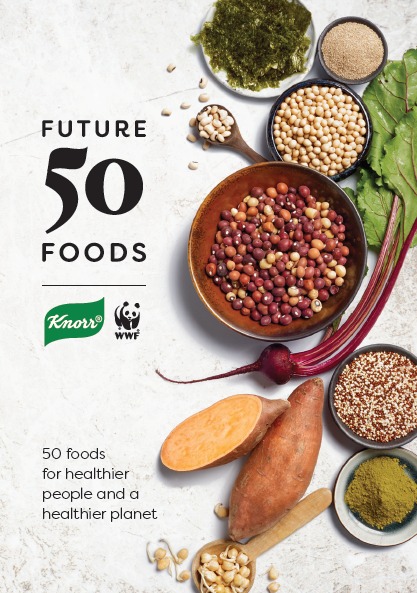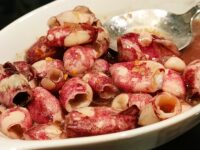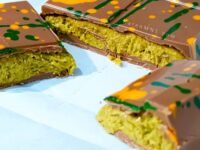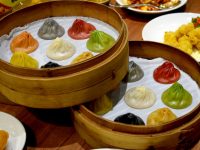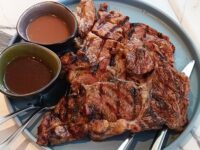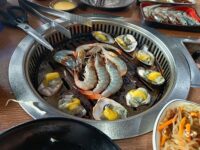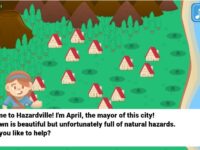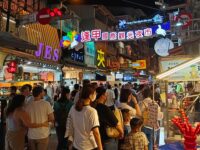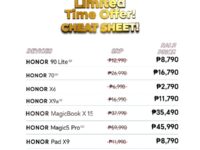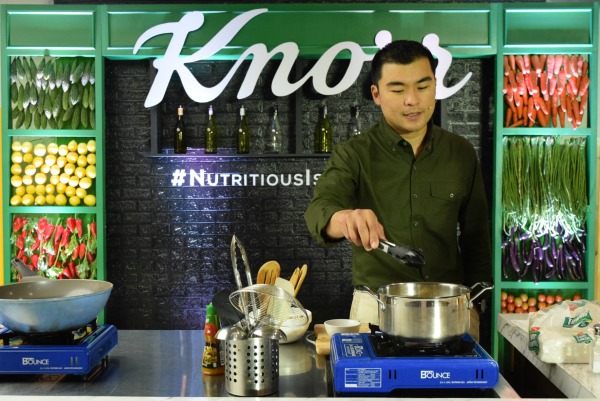 The Philippines has so much to offer in terms of affordable and highly nutritious food, yet, according to a 2016 AIA survey, eight out of ten Filipinos neglect to eat vegetables on a daily basis, resulting in the Philippines being one of the unhealthiest countries in Asia.
The Philippines has so much to offer in terms of affordable and highly nutritious food, yet, according to a 2016 AIA survey, eight out of ten Filipinos neglect to eat vegetables on a daily basis, resulting in the Philippines being one of the unhealthiest countries in Asia.
This unhealthy habit has also permeated to the next generation as 7.5 million children aged ten years and below are considered undernourished.
#NutritiousIsDelicious
July is Nutrition Month, and Knorr has launched a range of efforts aimed towards helping families prepare nutritious and delicious meals in sustainable ways.
I was reading Knorr and the WWF’s (the World Wildlife Fund, not the wrestling org 😉 ) long 50 FOODS FOR HEALTHIER PEOPLE AND A HEALTHIER PLANET report yesterday, and while I don’t think I am going to turn vegetarian any time soon, I am convinced that we should truly make an effort to vary our food sources.
What is the 50 Foods Report All About?
It is a 60-page report and I read the whole thing 🙂 In a nutshell, we should try to eat more kinds of food because:
- over dependence on just a few food sources deprives us of nutrients and benefits that can be provided by other plants
- we are overly dependent on a few plants — mainly rice, corn, wheat and soy — this is causing agricultural neglect of other plants that might lead them to go extinct
- agricultural best practices are neglected in pursuit of maximizing crop yield, i.e. lands are not left to fallow to heal from previous crop planting, habitats of other flora & fauna are taken over for crop planting 🙁
- plant-based food sources use up less land, water and other resources than animal-based food; in short, plant-based food sources are easier, quicker, and cheaper to produce — this also causes less strain on the planet — we are able to produce more food using less resources, and be able to feed more people
- the report still has many key points, but essentially, it just all means that plant diversity is life! 🙂
The report then goes on to list 50 foods that we should try eating more of, and, amazingly, many of them are commonly found in the Philippines!
So what are these foods that we should incorporate more of into our diet?
I am not going to list all 50, you may read the report here to see the complete list, but the ones that we very fortunately have easy access to in the Philippines are:
- laver seaweed
- wakame seaweed
- various beans & lentils
- mung beans (monggo)
- mung bean sprouts (togue)
- soy beans
- nopales (dilang baka)
- amaranth (kulitis)
- millet (kabog)
- quinoa
- pumpkin flowers
- okra
- orange tomatoes
- beet greens (remolacha)
- kale
- moringa (malunggay)
- bok-choy (pechay)
- pumpkin leaves
- red cabbage
- spinach
- watercress
- mushrooms
- flax seeds
- hemp seeds
- sesame seeds
- walnuts
- white icicle radish (labanos)
- alfalfa sprouts
- sprouted kidney beans
- sprouted chickpeas
- lotus root
- ube
- jicama (singkamas)
- Cilembu sweet potatoes (yellow camote)
Are we lucky or what? 🙂 I’ve highlighted the ones that are easier for us to find, but all of the foods above can be easily bought online or at supermarkets / palengke.
The laver seaweed we get at the Korean marts as snacks. Soy beans are not usually found in supermarkets here, but I was able to buy some from Indian groceries like Assad Mini Mart. But taho and tofu are all made from soybeans, so you can incorporate those, instead 🙂 I was also able to get dried garbanzos (chickpeas) at the Indian mart to make hummus from scratch because the chickpeas available at the supermarkets are mostly canned. I think you should be able to sprout the dried chickpeas 🙂 And you know what? I can’t remember the exact prices but they were cheap, somewhere like one hundred pesos or something per kilo, probably less.
Red cabbage and spinach I usually see at the supermarket and some tinderos at the palengke that specialize in “rarer” veggies. For watercress, we usually find them at Arranque market, same for lotus root (you can also buy the dried version in Binondo groceries).
RECIPES USING THESE 50 FOODS
So now that we know what we should be eating more of, how do we incorporate them into our diet?
Knorr has some delicious recipes on their website: https://www.knorr.com/ph/future-50/delicious-recipes-that-make-a-difference.html.
They have various recipes available, such as sinigang, tinolang manok, pork monggo, lumpia, etc… which incorporate monggo, malunggay, togue, etc…
Purists might not be into using mixes and bouillon cubes, but, let’s face it, most of us find them very convenient. Who doesn’t have at least one Knorr product at home? 😉 The point is, the main part of your diet should still be nutritious, real food 🙂 #NutritiousIsDelicious
Panlasang Pinoy in the House!
In line with Knorr’s celebration of Nutrition Month, they flew in popular Filipino food cooking YouTuber Vanjo Merano of Panlasang Pinoy to show us his recipe for Lumpiang Shanghai (with healthy malunggay sneaked in).
I have been watching his cooking channel since his early YouTube days. He is such a nice guy in person! Hope you enjoy this recipe!
